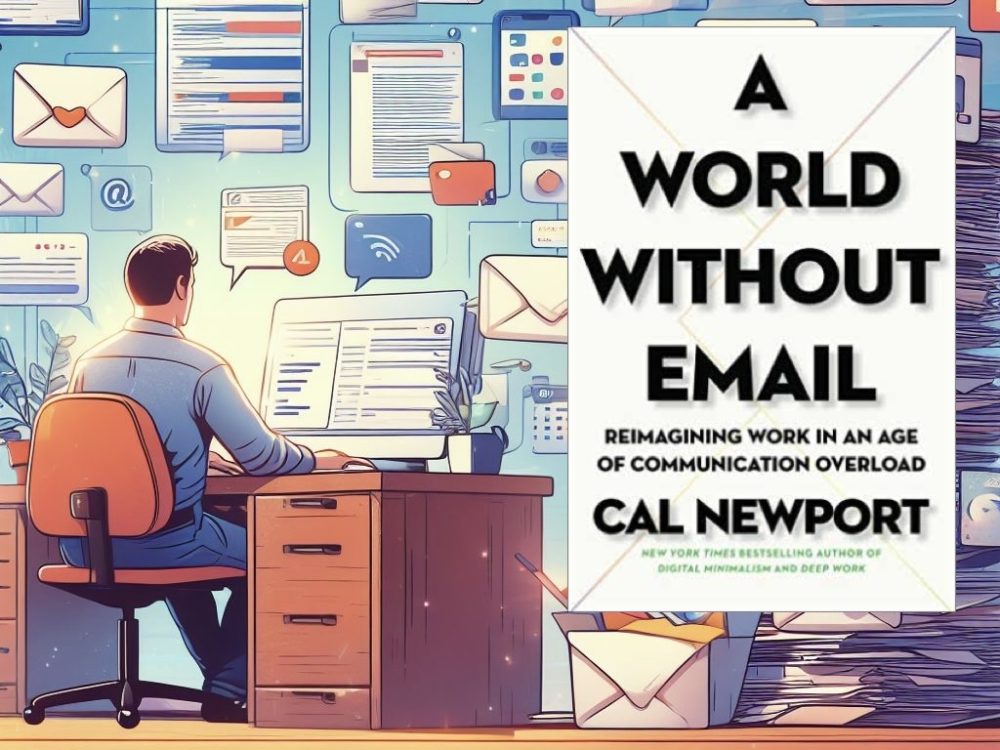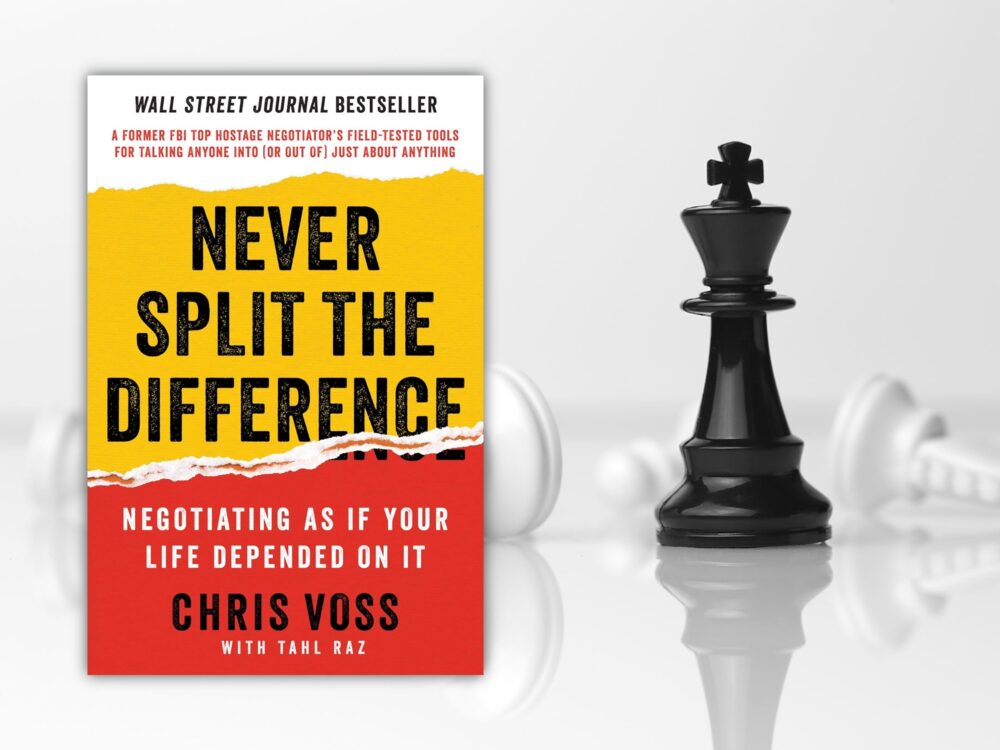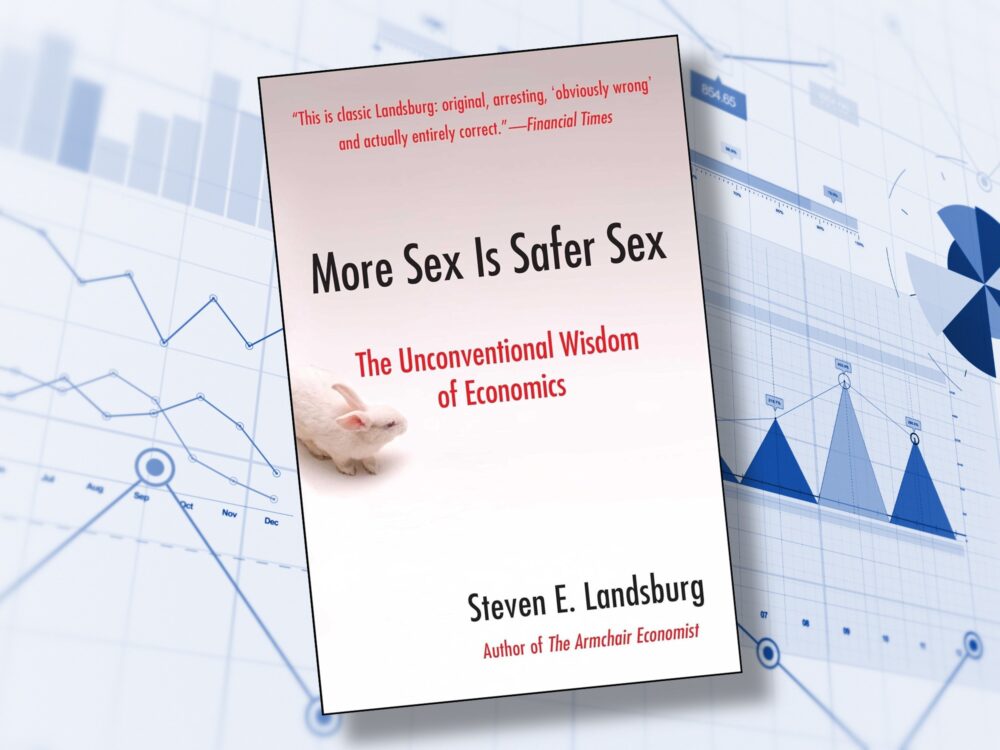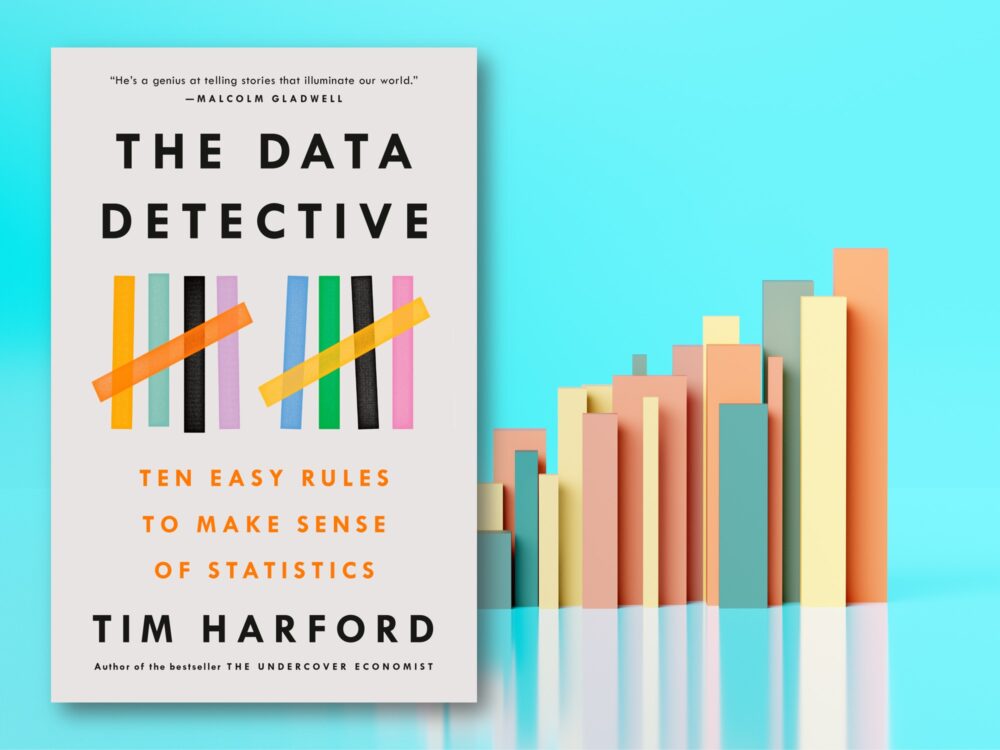The title of this book is catchy, but it does not really reflect the main topic, which is how to improve the way we work in the digital age. The author presents a compelling argument that email and other forms of constant communication are detrimental to our productivity and well-being, but he does not offer a clear and practical solution to this problem. The book explores the quantitative and qualitative aspects of email overload, but it fails to address some important issues.
Quantitative: The author claims that email is a source of hyperactivity and distraction in the workplace, and that we need to reduce the amount of messages we send and receive. However, he does not explain how to achieve this goal, or how to deal with the expectations and norms of our colleagues and clients. He also does not consider the benefits of email, such as its convenience, speed, and flexibility. Reducing email is not just a matter of personal discipline, but also of organizational culture and policy.
Qualitative: The author argues that email disrupts our ability to focus and perform deep work, which requires uninterrupted time and attention. He compares the human brain to a linear processor, and the modern office to a conveyor belt. He suggests that we should adopt a more structured and systematic approach to our tasks, rather than reacting to every incoming message. However, he does not acknowledge that email is not the only source of interruption in our hyperconnected world, nor that some types of work require more creativity and collaboration than others. He also relies on anecdotal examples rather than solid evidence to support his claims.
The book is an interesting read, but it leaves many questions unanswered. It would be more convincing if it provided more data and research, as well as more concrete and realistic strategies to cope with email overload. It would also be interesting to see how the author’s ideas apply to the post-Covid era, where remote work and online communication have become more prevalent.









Leave a Reply